Space
Sign up for our newsletter
We summarize the week's scientific breakthroughs every Thursday.
-
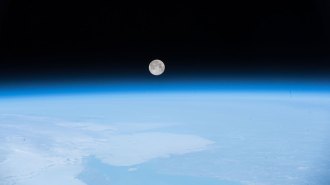 Space
SpaceHow brightly the moon glows is a mystery, but maybe not for long
The best estimates for the moon’s brightness are still somewhat unsure. A new experiment is trying to fix that.
-
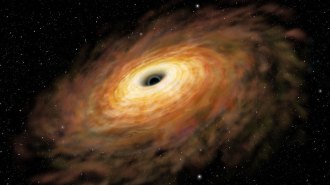 Space
SpaceA newfound black hole in the Milky Way is weirdly heavy
A dark mass about 68 times as massive as the sun is locked in orbit with a star in our galaxy. Theory says that such black holes shouldn’t get so big.
-
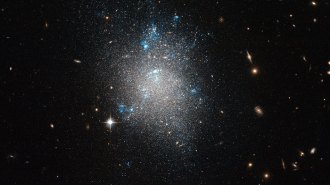 Astronomy
Astronomy19 more galaxies mysteriously missing dark matter have been found
The finding reveals a population of dwarf galaxies that defy common wisdom about how these star systems form and evolve.
-
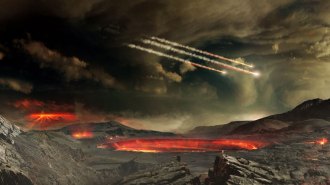 Planetary Science
Planetary ScienceRibose, a sugar needed for life, has been detected in meteorites
Samples of rocks that fell to Earth contain a key molecular ingredient of RNA, part of life’s genetic machinery.
-
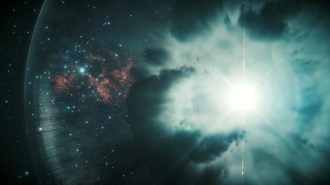 Space
SpaceHow two gamma-ray bursts created record-breaking high-energy photons
Light packing up to 1 trillion electron volts of energy bolsters a theory for how these cosmic explosions produce such high-energy radiation.
-
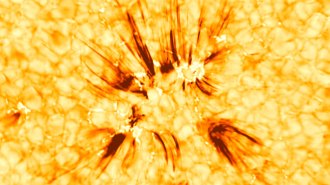 Space
SpaceRealigning magnetic fields may drive the sun’s spiky plasma tendrils
Solar spicules emerge near counterpointing magnetic fields, hinting that self-adjusting magnetism creates these filaments, which may heat the corona.
-
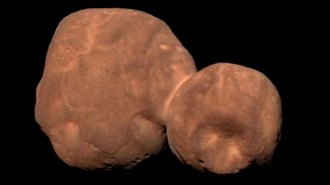 Space
SpaceNASA gave Ultima Thule a new official name
The distant world briefly visited by New Horizons is now called Arrokoth, a Powhatan word that means “sky.”
-
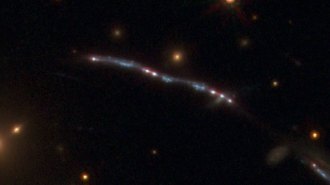 Space
SpaceLight leaking from a distant galaxy hints at a cosmic makeover’s origins
Ultraviolet light slips through a hole in a distant galaxy’s gas. Older galaxies might have used the trick to ionize most of the universe’s hydrogen.
-
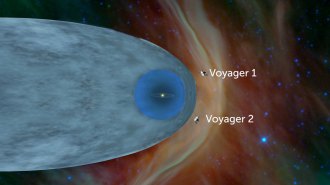 Space
SpaceVoyager 2 reveals the dynamic, complex nature of the solar system’s edge
With two spacecraft outside the sun’s magnetic bubble, researchers get a new look at the boundary between the sun and its galactic environment.
-
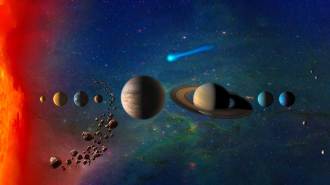 Space
SpaceRules guarding other planets from contamination may be too strict
Voluntary international guidelines for visiting the moon, Mars and other places — and for bringing stuff back to Earth — are overly cautious, scientists say.
-
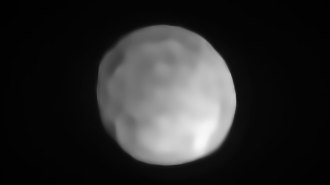 Space
SpaceThe solar system may have a new smallest dwarf planet: Hygiea
New images reveal Hygiea is round, a final criterion for promoting the wee world from asteroid to dwarf planet status.
-
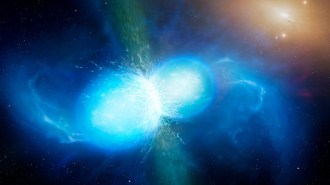 Space
SpaceStrontium is the first heavy element detected from a neutron star merger
The discovery of strontium created inside a neutron star smashup gives the clearest picture yet of what goes on inside this chaotic environment.